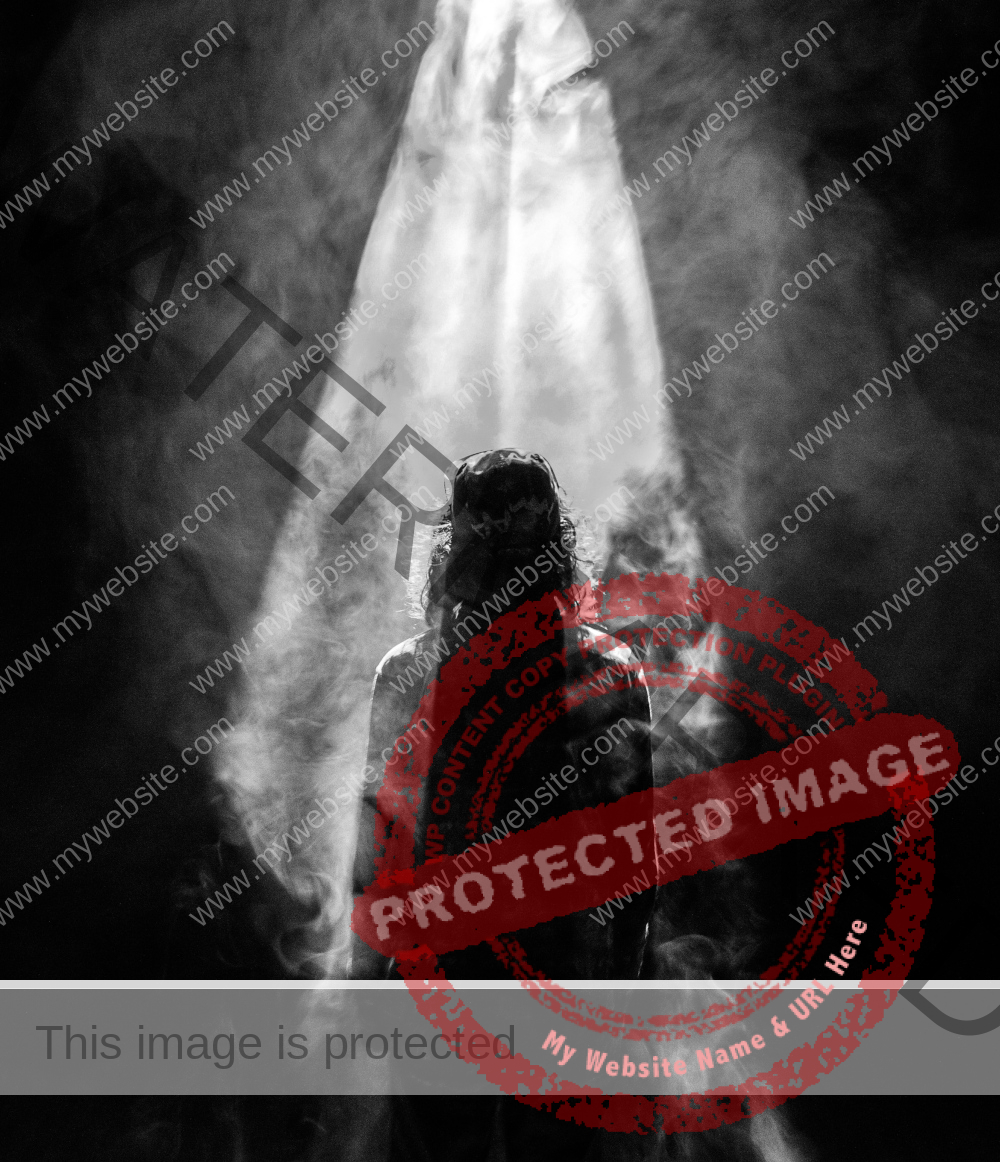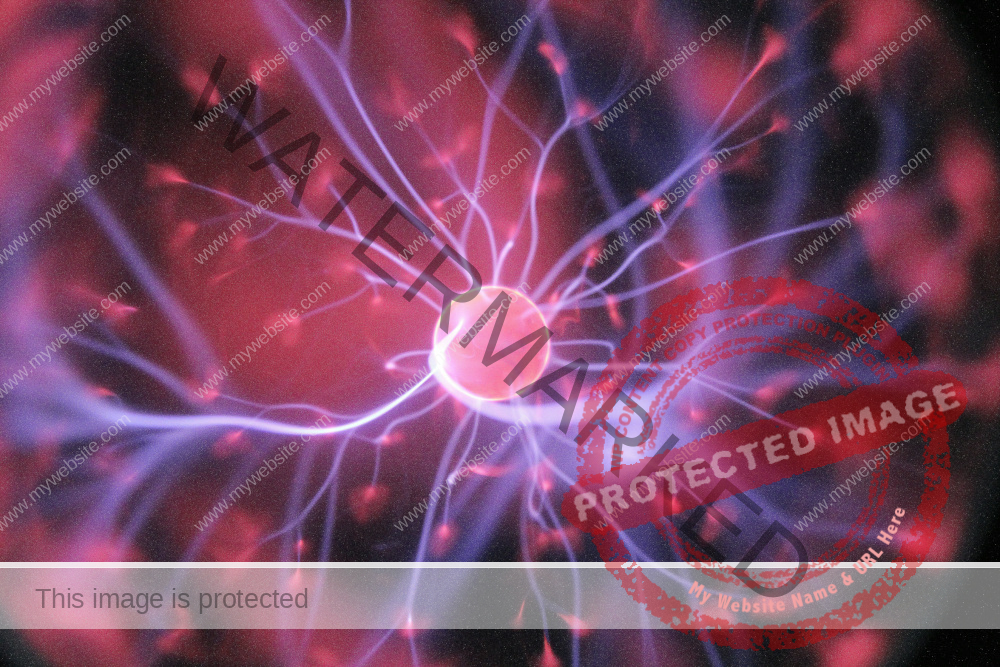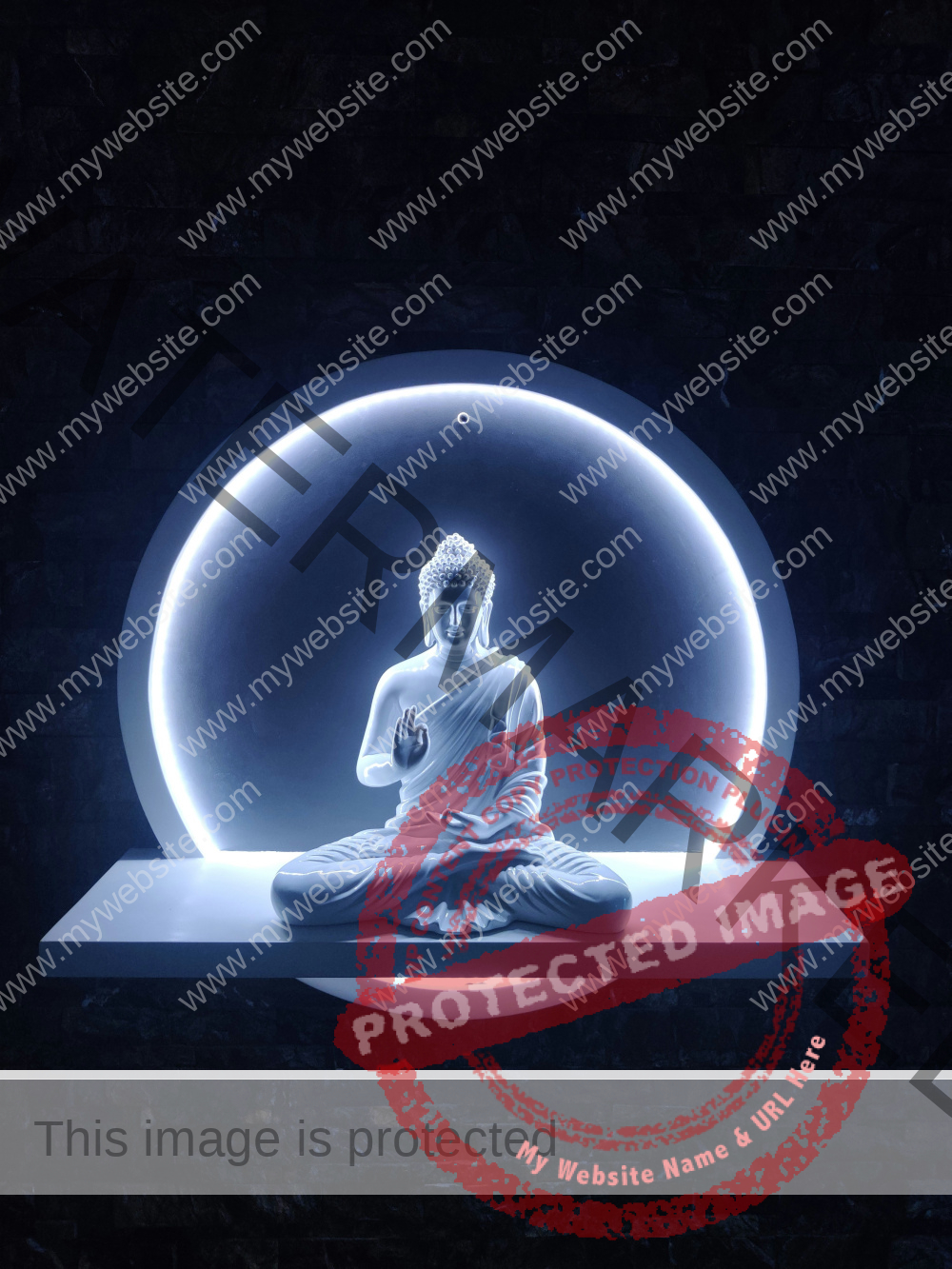
What is Ego Death? Exploring the Depths of Consciousness & Psychedelics.
Embarking on a transformative journey of self-discovery and spiritual growth often leads individuals to the profound phenomenon known as ego death.
Here we will highlight the main aspects of ego death, investigate its meaning, definition, symptoms and connections to practices such as Buddhism and the use of psychedelics like psilocybin mushrooms.
Understanding Ego Death
What is Ego Death?
Ego death, at its essence, is an experience where the boundaries of the self dissolve, leading to a profound shift in consciousness.
It is a momentary ego loss, allowing individuals to transcend their usual sense of identity and connect with a broader, universal consciousness. This phenomenon can manifest in various forms, from a momentary loss of self-awareness to a complete dissolution of the egoic construct.

Ego Death Meaning
The meaning of ego death extends beyond the individual experience, touching upon profound philosophical and spiritual concepts.
Ego death is often seen as a transformative process that challenges one’s perception of reality, self, and the interconnectedness of all things. Exploring the deeper meanings of ego death can offer individuals insights into their own psyche and the nature of existence.
Ego Death Definition
Defining ego death proves challenging due to its subjective nature, but examining it from psychological, philosophical, and spiritual perspectives can provide a comprehensive understanding.
Psychologically, it can be seen as a dissolution of the ego’s defense mechanisms, allowing for a more authentic self to emerge.
Philosophically, it challenges our notions of identity and individuality.
Spiritually, ego death is often viewed as a step towards enlightenment, where the egoic self gives way to a more expansive and interconnected consciousness.
Are Ego Dissolution & Ego Death the Same?
“Ego death” and “ego dissolution” are related concepts, but they are not necessarily the same thing. Both terms describe altered states of consciousness where the usual sense of self undergoes a profound transformation, but there are subtle differences in their meanings.
Ego dissolution typically refers to the temporary loss or dissolution of one’s sense of self. In this state, the boundaries that normally define the self may break down, leading to feelings of interconnectedness with the environment or a larger, universal consciousness. This experience can occur in various contexts, such as during psychedelic trips, deep meditation, or other altered states of consciousness.
Whereas, ego death is a more intense and radical form of ego dissolution. It involves a complete disintegration or obliteration of the ego, where the individual may feel as if their entire identity has ceased to exist.
Ego death experiences are often described as a profound, transformative event, where the individual may lose all sense of personal identity, including memories, beliefs, and attachments. Ego death is commonly associated with intense psychedelic experiences, but it can also be a theme in certain spiritual or mystical practices.
In summary, while ego dissolution involves a temporary loss of the usual sense of self, ego death takes it a step further, representing a more extreme and all-encompassing dissolution of the ego. Both concepts are often associated with psychedelic drugs or rather are a phenomenological feature of the psychedelic experience. They can have profound implications for personal growth, spirituality, and psychological well-being.

Ego Death Symptoms
Recognizing the symptoms of ego death is crucial for individuals undergoing this transformative process.
Symptoms may include a sense of timelessness, loss of personal identity, intense feelings of interconnectedness with the universe, and a dissolution of the boundaries between self and other.
Understanding and embracing these symptoms can lead to a more profound and meaningful ego death experience.
Ego Death and Psychedelics: A Closer Look at Mushrooms
The use of psychedelics, such as magic mushrooms, has been associated with inducing ego death experiences.
Psilocybin, the active compound in shrooms, has been studied for its ability to alter consciousness and facilitate ego dissolution. Experiences occasioned by psychedelic drugs often bring these states of “oceanic boundlessness” or “ego dissolution.”
Exploring the connection between ego death and psychedelics provides insight into the potential benefits and risks of incorporating these substances into one’s spiritual practice. It also opens a dialogue about responsible use, set, and setting for those seeking to explore ego death through psychoactive drugs.
Neuroscience of Ego Death
Though the concept of ego death is widely discussed in the realms of psychology, philosophy, and spirituality, the neurobiological mechanisms underlying this phenomenon remain a subject of ongoing research (Carhart-Harris RL, et al. 2012).
Neurotransmitter Modulation
The role of serotonin, a neurotransmitter involved in mood regulation, has been implicated in altered states of consciousness.
Psychedelic substances such as psilocybin (found in magic mushrooms) and LSD are known to modulate serotonin receptors, potentially contributing to the altered sense of self experience during ego death (Carhart-Harris RL, et al. 2012).
Default Mode Network (DMN)
The default mode network is a set of brain regions that are active when the mind is at rest and not focused on the outside world.
Studies suggest that psychedelics can disrupt the normal functioning of the DMN, leading to a breakdown of the usual sense of self and ego (Carhart-Harris RL, et al. 2012).
Neuroplasticity and Connectivity
The experience of ego dissolution may involve changes in neural connectivity and plasticity.
Research indicates that psychedelics may promote neural plasticity, potentially allowing for the reorganization of neural networks and the dissolution of rigid ego structures (Tagliazucchi E, et al. 2016).

Theta Brain Waves
Theta oscillations in the brain have been associated with altered states of consciousness. Some studies suggest that psychedelic-induced ego dissolution may be related to changes in theta wave activity (Lebedev AV, et al. 2016).
It’s important to note that research in this area is still evolving, and the neurobiological basis of ego death is complex and multifaceted. Moreover, the subjective nature of the experience makes it challenging to pinpoint specific neural correlates definitively. As the field advances, new insights into the neurobiology of ego death may emerge, deepening our understanding of consciousness and self-awareness.
Cultural Perspectives on Ego Death
The interpretation of ego death varies across cultures, each contributing unique insights to the collective understanding of this phenomenon.
For example, in certain indigenous cultures, ego death may be viewed as a rite of passage or a communion with ancestral spirits. Exploring historical practices, such as the Eleusinian Mysteries in ancient Greece or Sufi mysticism in Islam, highlights the cultural diversity in approaching and integrating ego death into spiritual frameworks.
By recognizing these cultural perspectives, we gain a richer understanding of the universal themes that underlie this transformative experience.
Ego Death in Eastern Philosophy: A Buddhist Perspective
Buddhism and Ego Death
Buddhism, with its rich contemplative traditions, offers a unique perspective on the nature of the self and the ego.
The Buddhist concept of anatta (non-self) aligns with the idea of ego death, suggesting that the ego is an illusion and that true liberation comes from transcending it.
Exploring the intersection of Buddhism and ego death provides a spiritual framework for understanding the ego’s impermanence and the path to enlightenment.

Meditation Practices for Ego Dissolution
Buddhist meditation practices, particularly those focused on mindfulness and self-inquiry, can serve as powerful tools for inducing states of ego dissolution.
Specific meditation techniques aim at cultivating awareness, detaching from the egoic mind, and fostering a deeper connection to the present moment.
Ego Death in Mythology
Mythological narratives provide archetypal stories that mirror the transformative aspects of ego death.
Heroic journeys, symbolic deaths, and rebirths resonate with the profound shifts experienced during ego death. Analyzing myths from different cultures, such as the hero’s journey in Joseph Campbell’s monomyth or the Norse mythology of Odin’s sacrifice, allows us to draw parallels between timeless tales of self-discovery and the contemporary exploration of consciousness through ego death.
The Role of Rituals in Ego Death Experiences
Rituals play a crucial role in the ego death experience by providing a structured framework for individuals to enter altered states of consciousness.
Intention-setting becomes a powerful tool, shaping the trajectory of the experience and influencing the insights gained. Sacred spaces, whether physical or metaphorical, create an environment conducive to introspection and connection with the divine or universal consciousness.
Examining the practices of different cultures, from Native American ceremonies to Ayahuasca rituals, showcases the diverse ways in which rituals are employed to navigate the realms of ego death.
Personal Narratives: Ego Death Experiences
Ego Death and Creativity
Ego death serves as a catalyst for creativity, unlocking unconventional perspectives and breaking down creative barriers.
Artists and writers often describe tapping into a collective or universal consciousness during these experiences, fostering a sense of creative flow. By exploring the works of influential figures who attribute their creative insights to ego death, such as Aldous Huxley or Terence McKenna, we gain a deeper appreciation for the transformative potential of this phenomenon in the realm of artistic expression.

Shared Experiences
Incorporating personal narratives of individuals who have undergone ego death provides a real-world perspective on the diversity and profundity of these experiences. These narratives can encompass a range of contexts, from meditation retreats to psychedelic journeys, offering readers a glimpse into the transformative potential of ego death across various spiritual paths.
Community perspectives provide a vital support system for individuals navigating the complexities of ego death. Shared mystical experience within spiritual or psychedelic community can offer a sense of validation and understanding. Communal support networks contribute to the integration process, helping individuals make sense of their experiences and fostering a sense of belonging within the broader context of ego death exploration.
Challenges of Ego Death: Navigating the Abyss
While the dissolving of the ego can be a profoundly transformative and enlightening experience, it is not without its challenges.
The journey into the depths of consciousness and the dissolution of the egoic self can bring about a range of difficulties that individuals may encounter during and after the experience.
Understanding these challenges is crucial for those embarking on the path of ego death, as it allows for a more informed and prepared exploration.

Fear and Resistance
One of the primary challenges during ego death is the emergence of fear and resistance.
As the boundaries of the self begin to dissolve, the ego, which is deeply ingrained in our sense of identity, may resist this process. Fear of the unknown, loss of control, and the dissolution of familiar thought patterns can create internal resistance, potentially leading to feelings of anxiety or panic.
Navigating through these emotions requires a willingness to surrender to the experience and trust the process.
Intense Emotional States
The experience of ego death seems to release repressed emotions and unresolved psychological material.
This can lead to the surfacing of intense emotional states, ranging from profound bliss to deep sorrow or even existential dread.
Confronting and processing these emotions can be challenging, requiring individuals to embrace vulnerability and approach their inner landscape with compassion and acceptance.
Loss of Identity
The dissolution of the ego entails a temporary loss of personal identity, which can be disorienting and unsettling.
Individuals may grapple with questions of “Who am I?” and “What is my purpose?” as the constructs of the self are deconstructed.
This loss of self-identity, while a necessary aspect of the ego death process, can be challenging to navigate, requiring a period of integration to re-establish a sense of self in the aftermath.
Integration Difficulties
The post-ego death phase presents its own set of challenges during the integration process.
Trying to incorporate the insights gained and the expanded consciousness into daily life may be met with resistance from societal norms and personal habits.
Individuals may struggle to articulate their experiences or find a balance between the expanded awareness and the practicalities of everyday existence.
Existential Anxiety
As ego death often confronts individuals with the impermanence of the self and the illusory nature of reality, existential anxiety may arise.
Questions about the nature of existence, the meaning of life, and the inevitability of mortality can be overwhelming.
Managing existential anxiety involves cultivating a philosophical perspective and finding a sense of purpose that aligns with the newfound insights.
Difficulty Communicating the Experience
Expressing the ineffable nature of the ego death experience can be a significant challenge.
Language may fall short in capturing the depth and intensity of the journey, leading to a sense of isolation or frustration.
Individuals may find it challenging to convey their experiences to others who have not undergone similar transformations, further emphasizing the importance of community support and understanding.
Integration and Aftercare
While integration is a critical aspect of the ego death journey, it can also pose challenges. Some individuals may struggle with integrating the insights gained into their daily lives, resulting in a sense of disconnection or a lack of direction. Developing effective aftercare practices, such as engaging in mindfulness activities, seeking therapeutic support, or participating in integration circles, becomes essential for a smoother transition back into everyday reality.
Acknowledging and understanding these challenges is an integral part of preparing for an ego death experience. By approaching the journey with mindfulness, self-compassion, and a commitment to ongoing personal growth, individuals can navigate the challenges and emerge from the depths of consciousness with a greater sense of clarity and purpose.

Ethical Considerations in Ego Death Exploration
The increasing popularity of psychedelics and ego death exploration necessitates a careful examination of ethical considerations.
Informed consent becomes a cornerstone, emphasizing the importance of individuals understanding the potential risks and benefits before engaging in such experiences.
Responsible use involves considerations of dosage, set, and setting to ensure a safe and supportive environment. By addressing ethical concerns, individuals can approach ego death exploration with mindfulness, minimizing potential harms and maximizing the transformative potential.
Conclusion
In conclusion, ego death serves as a gateway to profound self-discovery and spiritual growth.
By unraveling its multifaceted nature, understanding its meaning, definition, symptoms, and exploring its connections to practices like Buddhism and psychedelic experiences with shrooms, individuals can navigate this transformative journey with greater awareness and purpose.
As we explore the depths of consciousness through ego death, we find ourselves on a path toward a deeper understanding of the self, consciousness, and the limitless possibilities that lie within.
Citations
Carhart-Harris RL, et al. (2012). Neural correlates of the psychedelic state as determined by fMRI studies with psilocybin. Proceedings of the National Academy of Sciences, 109(6), 2138-2143. Neural correlates of the psychedelic state as determined by fMRI studies with psilocybin | PNAS
Lebedev AV, et al. (2016). LSD-induced entropic brain activity predicts subsequent personality change. Human Brain Mapping, 37(9), 3203-3213.
Tagliazucchi E, et al. (2016). Increased global functional connectivity correlates with LSD-induced ego dissolution. Current Biology, 26(8), 1043-1050. Increased Global Functional Connectivity Correlates with LSD-Induced Ego Dissolution – PubMed (nih.gov)
